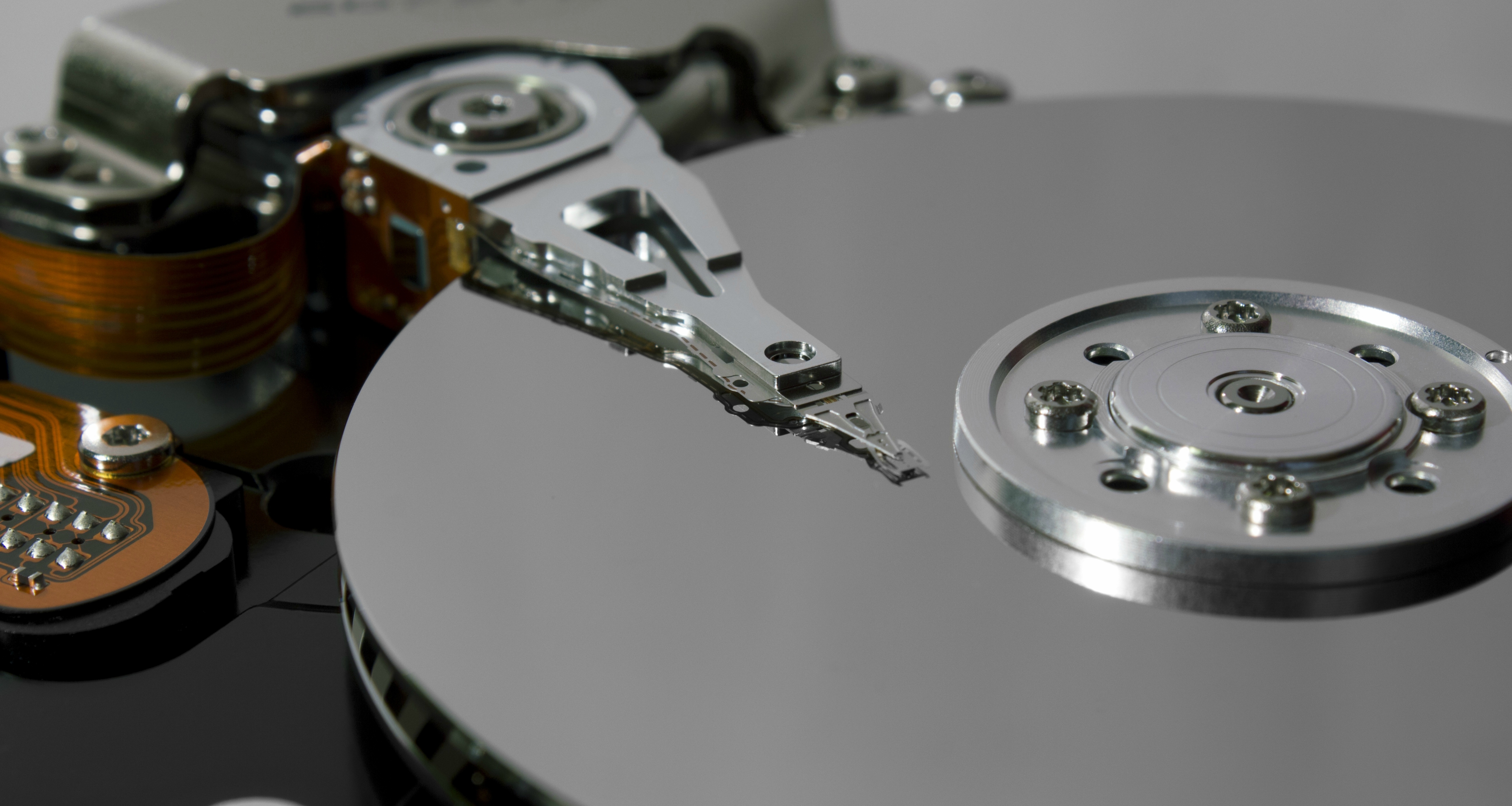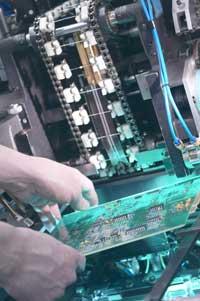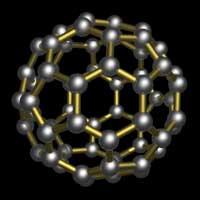They have found a way to save information quickly and without just generating heat
2017/01/18 Etxebeste Aduriz, Egoitz - Elhuyar Zientzia Iturria: Elhuyar aldizkaria

A paper published in the journal Nature reveals a technique to record and store information quickly and very hot. The technique uses light and magnetism and can serve to create in the future better devices to store information.
Magnetic materials have long been used on computer hard drives to store and read information. But recording information on these discs is a relatively slow process and generates a lot of heat. And, therefore, you have to remove that heat so that the memory and the computer work properly.
Now, researchers from the University of Bialystok (Poland) and the University of Radboud (Netherlands) have presented a novel polarized laser technique for writing information units or magnetic bits. Changing the polarization of laser pulses can be written 0 or 1 a la carte. In this way, this research group managed for the first time to write a magnetic bit with light in 2007. But they got it in a special material not suitable for technological applications. Now they have managed to manufacture it in an insulator based on a magnetic oxide. The application of this technique in this material has achieved the maximum energy efficiency of all time.
Jon Ander Arregi, researcher at Brno University of Technology, is an expert in nanomagnetism and magneto-optics. For him it is a great discovery: “They have reduced nearly a billion times the energy needed to write a magnetic bit compared to the technology used today.” Researchers have also noted that in addition to generating much less heat than on current hard drives or flash drives, the process is extremely fast: It takes 20 picoseconds (a picosecond is a trillion) to record a bit, “a thousand times less than today,” said Arregi.
“Global digital information is doubling from two to two years and could multiply by nearly 10 by 2020. It is essential to develop technologies and physical processes that spend less energy to store and process information,” explains Arregi. However, to pass this technology to our daily devices, Arregi sees a couple of challenges: “On the one hand, it is necessary to design insulating magnetic materials that can withstand minor magnetic bits. In addition, we would have to improve the long-term stability of information on magnetic oxides (40 years or more) to have the same reliability as the recording media we currently use.”

Gai honi buruzko eduki gehiago
Elhuyarrek garatutako teknologia






